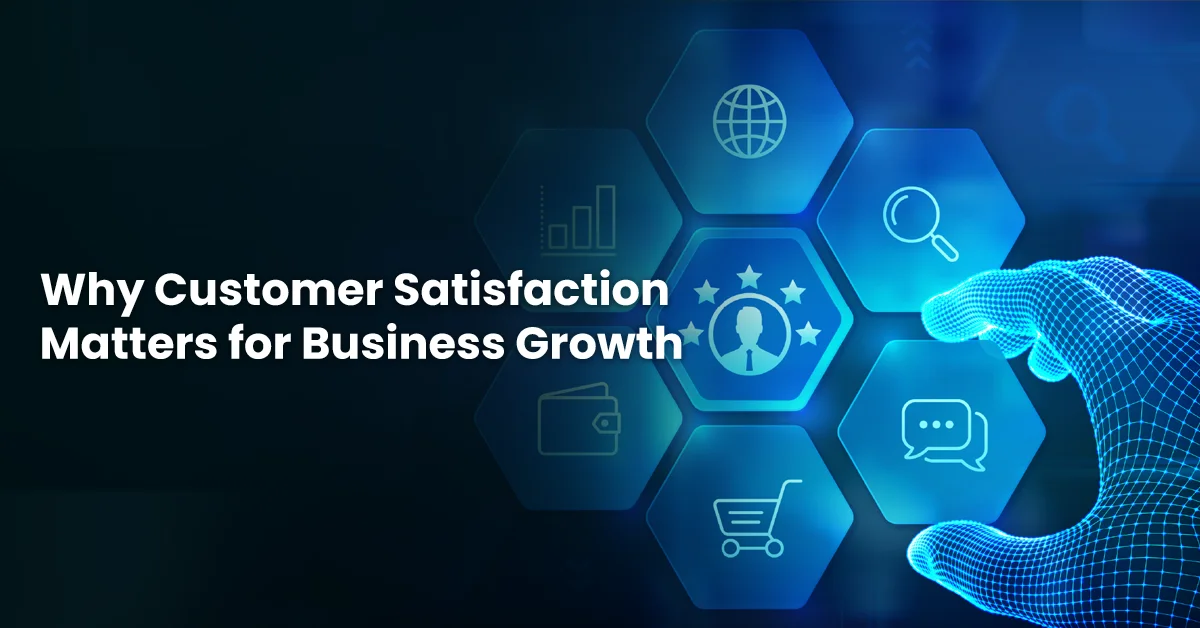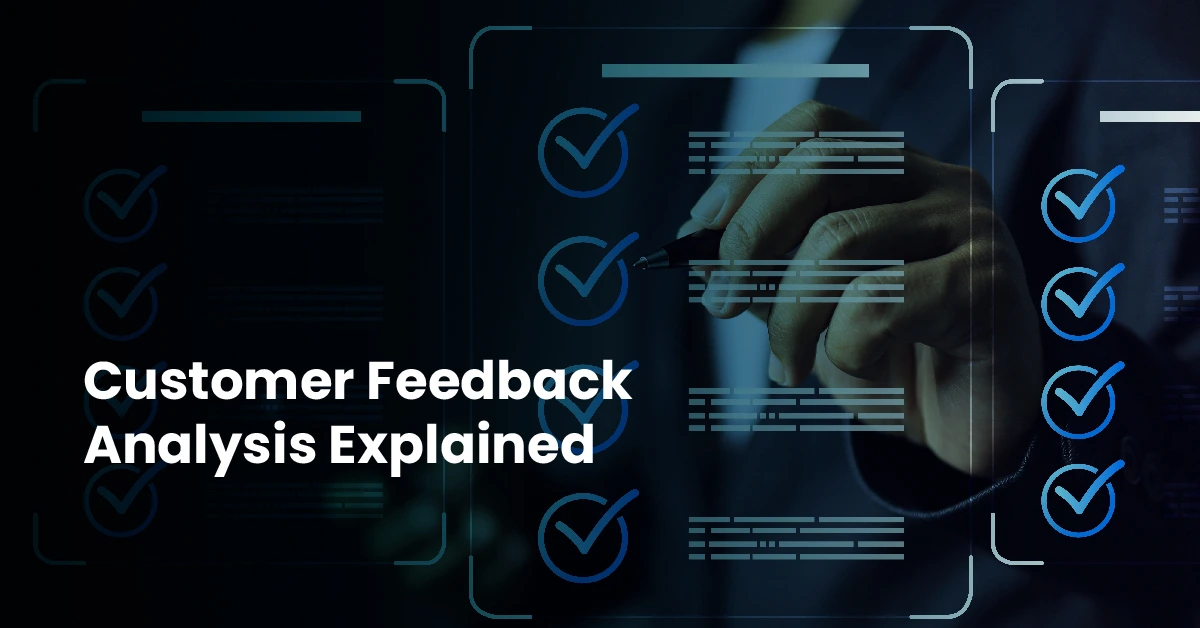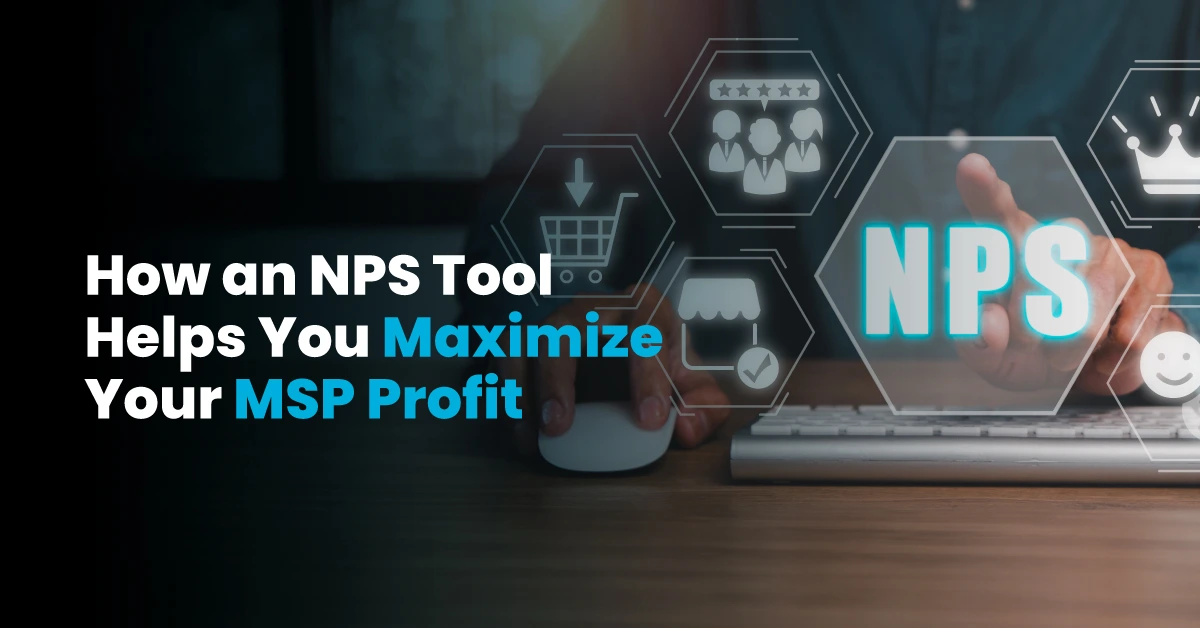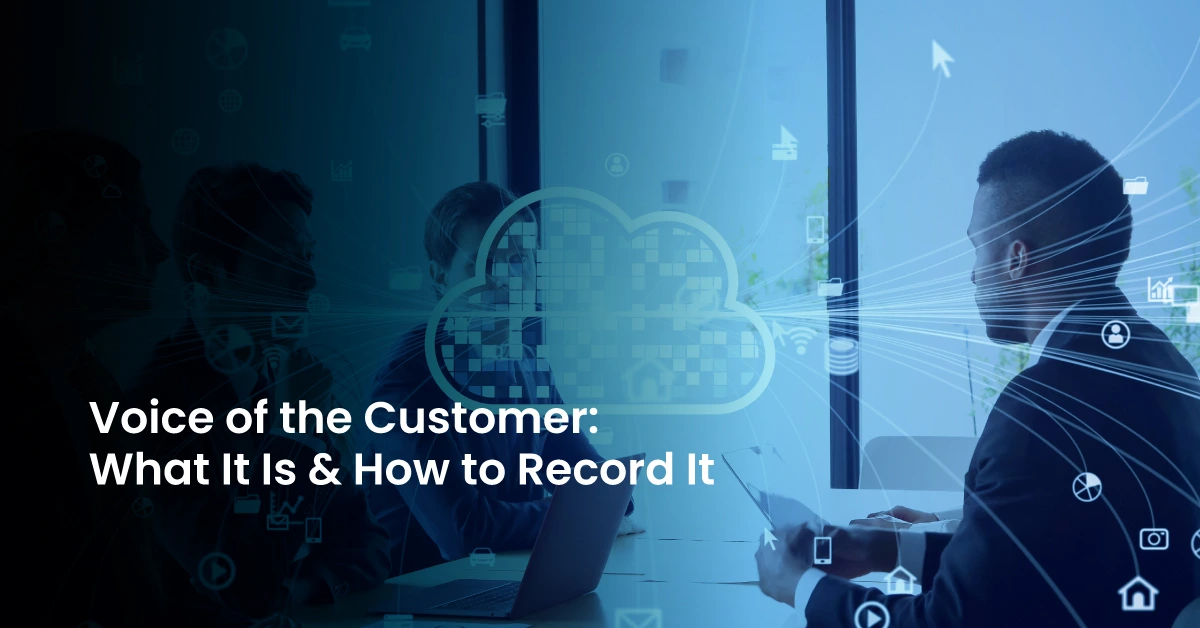Your customers are either growing your business or killing it. There’s no middle ground.
Here’s the data: 3 in 4 consumers spend more with businesses that provide good customer experience. The relationship between customer satisfaction and business growth is direct; satisfied customers buy more, stay longer, and bring others with them. Unsatisfied customers leave, tell everyone why, and never come back.
You can have the best product and the biggest marketing budget, but if your customers aren’t satisfied, none of it matters. Customer satisfaction and business growth aren’t separate goals; they’re the same thing.
What Makes Customer Satisfaction the Foundation of Business Growth?
Customer satisfaction isn’t about making people smile (though that’s a bonus). It’s about creating experiences so good that customers become walking billboards for your brand.
Defining Customer Satisfaction in Today’s Marketplace
Customer satisfaction goes beyond answering emails quickly or having a friendly support team. It’s the cumulative effect of every touchpoint; from the first ad someone sees to the post-purchase follow-up. When we talk about customer satisfaction and business growth working together, we’re really talking about building a business that people want to support.
Modern customers are savvy. They’ve got options, they’ve got Google reviews at their fingertips, and they’ve got zero patience for mediocrity. Your customer experience (CX) isn’t just about solving problems; it’s about anticipating them before they happen.
How Service Quality Shapes Customer Perception
Service quality creates the foundation for everything else. You can’t fake it, and you definitely can’t cut corners here. Consistent, reliable service quality builds trust. Trust builds loyalty. Loyalty builds revenue.
The connection between customer satisfaction and business growth becomes crystal clear when you look at brand advocacy. Satisfied customers don’t just buy again; they tell their friends, leave reviews, and defend your brand online. That’s marketing money can’t buy.
Why Satisfied Customers Drive Revenue Retention
Here’s where the numbers get interesting. Acquiring a new customer can cost 5-25 times more than retaining an existing customer. Let that sink in. Every customer you lose isn’t just lost revenue, it’s wasted marketing dollars, wasted sales effort, and a competitor’s gain.
Revenue retention isn’t sexy, but it’s profitable. When you focus on keeping customers satisfied, you’re choosing the smart money over the flashy money. Customer satisfaction and business growth become inseparable when you realize that your existing customers are your most valuable asset.
How Does Customer Experience (CX) Transform Your Retention Rate?
Your customer experience is either building your business or killing it. There’s no middle ground anymore.
Understanding the Customer Experience Journey
Every interaction matters. From the moment someone lands on your website to the post-purchase support, you’re either making deposits or withdrawals from their satisfaction account. Mapping your customer experience (CX) means understanding where you’re losing people and why.
The companies winning at customer satisfaction and business growth treat every touchpoint like it matters; because it does. One bad experience can undo months of good ones. That’s not fair, but that’s reality.
What Retention Rate Reveals About Your Business Health
Your retention rate is like your business’s report card. Increasing customer retention by 5% could generate a 25% increase in overall profit. That’s not a typo. A small improvement in keeping customers happy translates to massive profit gains.
Here’s why: retained customers buy more, buy more often, and cost less to serve. They know your product, trust your brand, and don’t need their hand held through every purchase. That’s the compounding effect of customer satisfaction and business growth working in harmony.
Building a Customer Feedback Loop That Actually Works
Talk is cheap, but listening is priceless. A customer feedback loop isn’t about sending surveys and calling it a day. It’s about creating systematic ways to hear what customers are really saying—and then doing something about it.
The best customer feedback loops have three parts: collect, analyze, and act. Most businesses fail at step three. They gather feedback, nod thoughtfully, and change nothing. That’s worse than not asking at all because now you’ve shown customers their voice doesn’t matter.
Why is Lifetime Value (LTV) Your Most Critical Growth Metric?
If you’re not tracking lifetime value (LTV), you’re flying blind. This metric tells you the true story of customer satisfaction and business growth in your business.
Calculating and Maximizing Customer Lifetime Value
Lifetime value (LTV) is simple: it’s how much revenue a customer generates over their entire relationship with your business. The formula is straightforward; average purchase value × purchase frequency × customer lifespan, but the implications are massive.
Companies obsessed with customer satisfaction and business growth focus relentlessly on increasing LTV. They know that a small increase in customer satisfaction can double or triple the value of each customer over time.
How Customer Satisfaction Multiplies LTV
Satisfied customers don’t just stick around; they spend more. They upgrade, they try new products, they opt for premium options. The connection between service quality and lifetime value (LTV) is direct and measurable.
Think of it this way: every improvement in customer experience (CX) is an investment in future revenue. When customers trust you, price becomes less important and value becomes everything.
Strategies to Increase LTV Through Enhanced Service Quality
Want to maximize lifetime value (LTV)? Start with the basics:
- Personalization at scale: Use data to make every customer feel like your only customer
- Loyalty programs that reward loyalty: Not just points, but real value
- Premium support tiers: Some customers will pay more for better service, let them
The businesses winning at customer satisfaction and business growth understand that service quality isn’t a cost center; it’s a profit center.
What is Net Promoter Score (NPS) and Why Should You Care?
Net Promoter Score (NPS) cuts through the noise and tells you one thing: would customers recommend you? That’s the ultimate test of satisfaction.
Decoding Your Net Promoter Score for Business Growth
Your Net Promoter Score (NPS) categorizes customers into three groups:
- Promoters (9-10): Your brand evangelists who drive brand advocacy
- Passives (7-8): Satisfied but unenthusiastic; vulnerable to competitors
- Detractors (0-6): Unhappy customers who actively harm your brand
The score itself is simple, percentage of promoters minus percentage of detractors, but what you do with that information determines whether customer satisfaction and business growth happen in your business or just stay a hope.
How to Turn Detractors Into Brand Advocates
Detractors aren’t enemies, they’re opportunities. They took the time to tell you something’s wrong. That’s valuable intel most businesses would pay for.
The turnaround strategy is straightforward: acknowledge the problem, fix it fast, and follow up. Many detractors become your biggest promoters when you show them their feedback matters. That’s the customer feedback loop in action, directly impacting your retention rate and revenue retention.
How Do You Build Unstoppable Brand Advocacy?
Brand advocacy is the holy grail of customer satisfaction and business growth. It’s when your customers become your sales team; for free.
Why Brand Advocacy Outperforms Paid Advertising
Here’s a truth that should terrify traditional marketers: people trust recommendations from friends and family infinitely more than they trust ads. Brand advocacy turns your satisfied customers into a referral engine that runs 24/7 without ad spend.
The ROI is simple. Companies have a 60-70% chance of selling to an existing customer versus a 5-20% chance of selling to a new customer. When those existing customers bring their friends, you get warm leads with pre-built trust.
Creating Customer Experiences That Generate Referrals
Referral-worthy customer experience (CX) doesn’t happen by accident. It requires:
- Exceeding expectations consistently (not occasionally)
- Making it ridiculously easy for happy customers to share their experience
- Delivering service quality so good that people feel compelled to tell others
Customer satisfaction and business growth accelerate when you design experiences that people want to talk about. That’s the difference between good and remarkable.
What Customer Feedback Loop Systems Drive Continuous Improvement?
You can’t improve what you don’t measure, and you can’t measure what you don’t ask about.
Implementing Multi-Channel Feedback Collection
Your customer feedback loop needs to meet customers where they are:
- Post-purchase surveys (but keep them short, 3 questions max)
- Social media listening (they’re talking about you whether you’re listening or not)
- Support ticket analysis (patterns tell stories individual complaints don’t)
- Direct outreach to high-value customers (sometimes you need to just pick up the phone)
The goal isn’t collecting feedback, it’s creating a system where feedback automatically improves service quality and customer experience (CX).
How to Analyze and Act on Customer Feedback
This is where most businesses fail. They collect mountains of feedback and do nothing with it. Analysis without action is procrastination with extra steps.
Set a 48-hour rule: every piece of feedback gets acknowledged within 48 hours. Not resolved, acknowledged. That alone will improve your Net Promoter Score (NPS) and strengthen the link between customer satisfaction and business growth.
How Can You Optimize Revenue Retention Starting Today?
Revenue retention is the closest thing to guaranteed money in business. You’ve already paid to acquire these customers; now make sure they stay.
The Revenue Retention Playbook
Start with the at-risk customers. These are the ones showing signs of churn, decreased usage, fewer purchases, support tickets that went sideways. They’re still here, but barely.
Win-back campaigns work, but prevention is better. Proactive outreach before problems become deal-breakers protects your retention rate and maximizes lifetime value (LTV).
Balancing Acquisition and Retention Investments
Customer acquisition costs have risen nearly 222 percent since 2013. Meanwhile, retention costs stay relatively stable. The math is simple: every dollar invested in customer satisfaction and business growth through retention generates better ROI than acquisition.
Smart businesses split their budget 60-40 or even 70-30 in favor of retention. They know that revenue retention isn’t just keeping customers, it’s building a foundation for sustainable growth.
Transform Your Business with Team GPS
Customer satisfaction and business growth aren’t separate strategies; they’re one. But knowing this and executing it are different things.
That’s where Team GPS comes in.
Team GPS brings together experts who’ve mastered turning satisfied customers into revenue engines. You’ll get frameworks for improving service quality and customer experience (CX), strategies to build customer feedback loop systems, and methodologies to maximize lifetime value (LTV) and revenue retention in 90 days.
Whether you’re struggling with churn, low Net Promoter Score (NPS), or stagnant retention rate; Team GPS gives you the tools and mentorship to break through.
Your competitors are investing in customer satisfaction and business growth right now. Every day you wait costs you market share.
Book a free Team GPS demo and turn your customer satisfaction into your competitive advantage and create brand advocacy that drives sustainable growth.
FAQs (Frequently Asked Questions)
Q: How does customer satisfaction directly impact revenue growth?
Satisfied customers purchase more frequently, spend more per transaction, and stay loyal longer; creating a compounding effect on revenue through increased lifetime value (LTV) and reduced acquisition costs.
Q: What’s the difference between customer satisfaction and customer experience?
Customer experience (CX) is every interaction a customer has with your brand, while satisfaction measures whether those experiences met or exceeded expectations; excellent CX drives higher satisfaction scores.
Q: How quickly can improving customer satisfaction impact business results?
Most businesses see measurable improvements in retention rate within 60-90 days, with significant impacts on lifetime value (LTV) and revenue retention manifesting within 6-12 months as positive changes compound.
Q: What’s the most important metric to track for customer satisfaction?
Net Promoter Score (NPS) serves as the best single indicator because it predicts both revenue retention and growth potential—companies with high NPS scores consistently outperform competitors in customer satisfaction and business growth.











